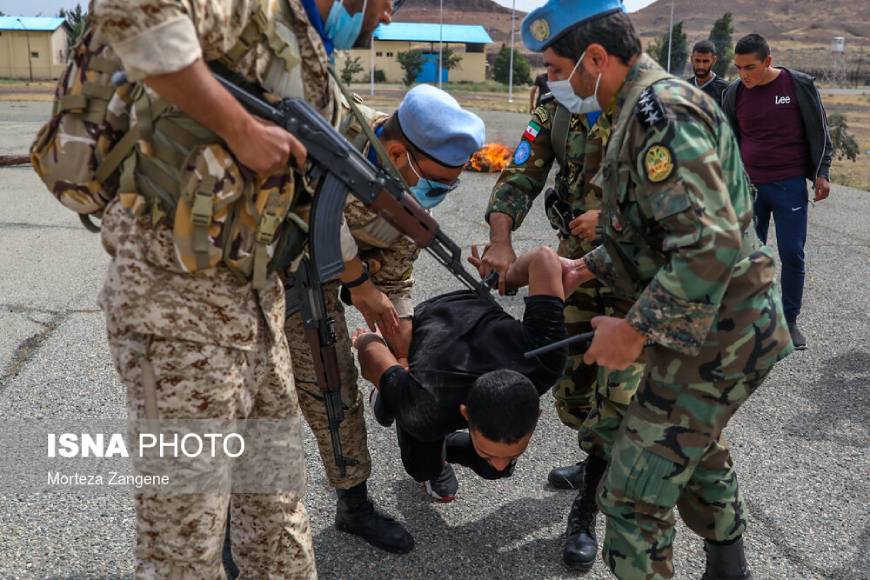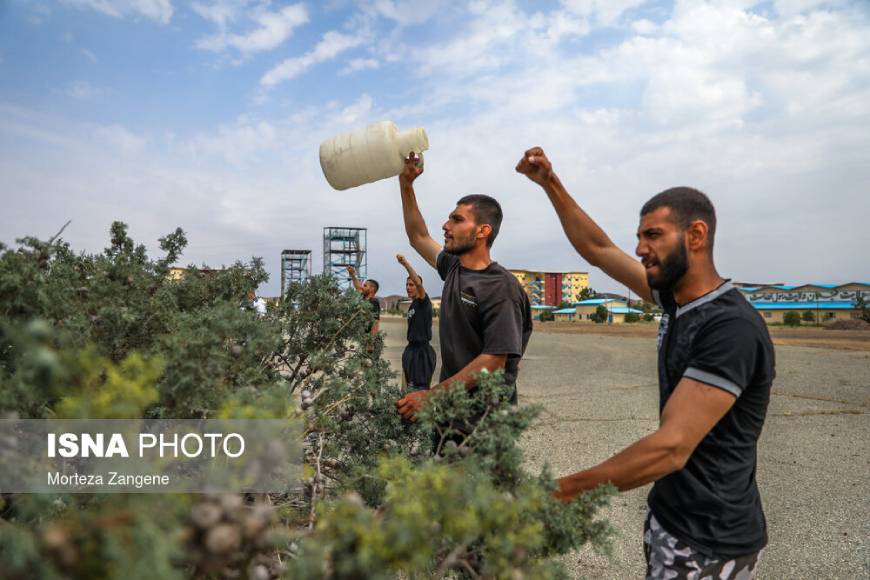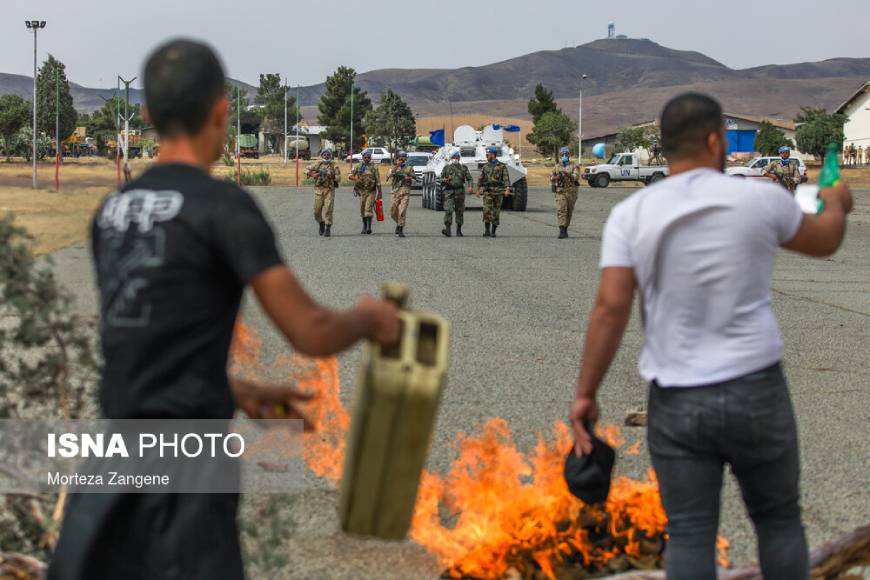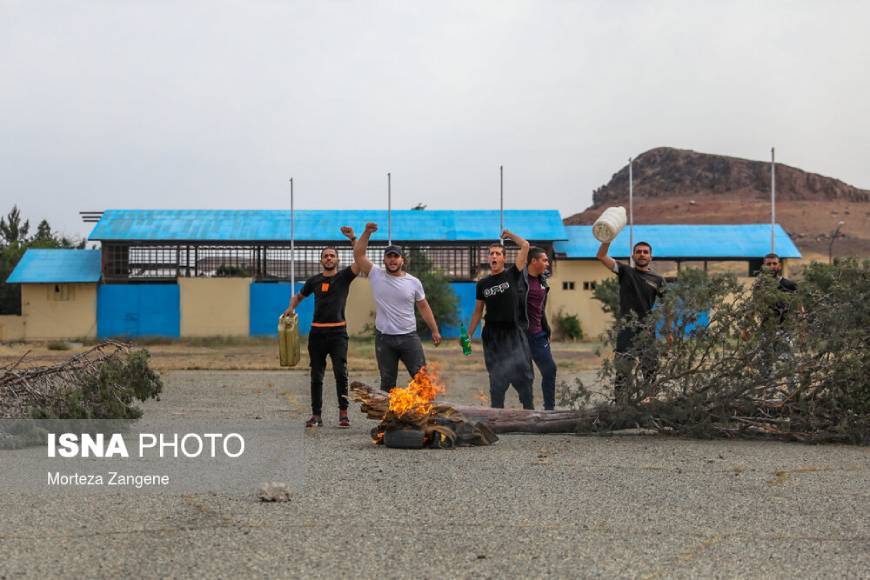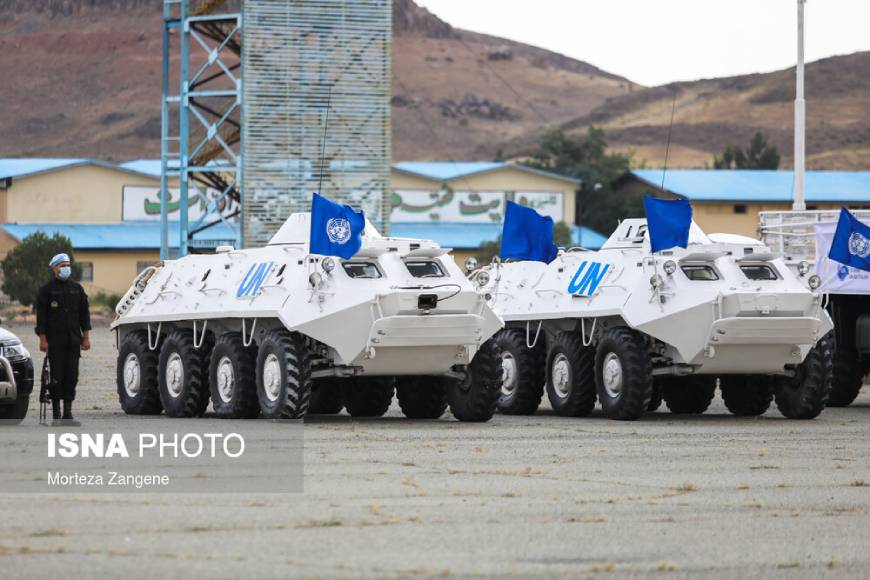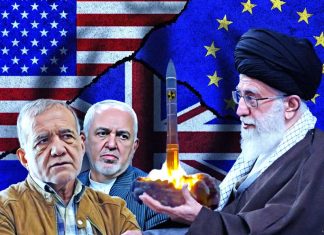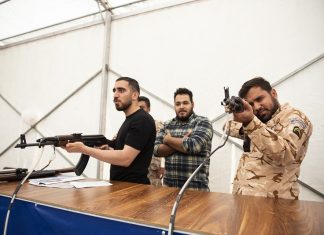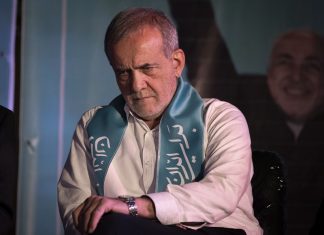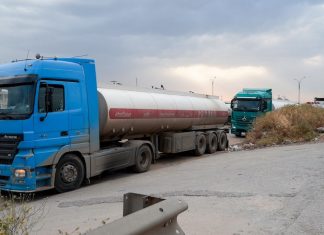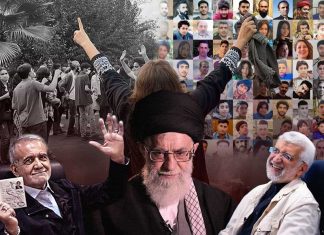By Kayhan Life Staff
The blue beret units of the 23rd Mobile Division of the Islamic Republic of Iran Army Ground Forces (NEZAJA) held a military exercise on May 29 to mark the International Day of United Nations Peacekeepers.
The blue beret ‘peacekeeping unit’ was created in 1993 on a proposal by the General Staff of the Armed Forces of the Islamic Republic of Iran and the subsequent approval of Iran’s Supreme Leader Ayatollah Ali Khamenei.
The UN officially recognized and registered the unit following a report by the Iranian Foreign Ministry.
The Iranian Students News Agency (ISNA) published photographs on May 29 which reportedly showed the ‘blue beret’ units taking part in crowd-control exercises under “UN peacekeepers” flags.
The exercises were very similar to those carried out by the Islamic Revolutionary Guards Corps (IRGC) security units.
The blue beret peacekeepers are part of the UN Department of Peace Operations (DPO) which is “dedicated to assisting the Member States and the Secretary-General in their efforts to maintain international peace and security.”
The DPO “provides political and executive direction to UN Peacekeeping Operations around the world and maintains contact with the Security Council, troop and financial contributors, and parties to the conflict in implementing Security Council mandates.”
The blue beret peacekeepers are not meant to brutalize protesters. Their primary job is to monitor ceasefires, end hostilities, prevent border disputes, create buffer zones between fighting armies, and protect refugee camps and civilians.
In an interview with Mr. Khamenei’s official website on March 10, the commander of NEZAJA, Brigadier General Kiumars Heydari, admitted that the forces under his command had taken part in the bloody crackdown of the nationwide protest in October 2019.
General Heydari hailed the performance of NEZAJA’s anti riot units during the 2019 unrest.
“We successfully restored calm and order in the cities that riots took place,” Heydari noted. “Subsequently, we submitted a report to the esteemed leader about the events who issued specific directives about the matter.”
SPECIAL REPORT- Iran’s Leader Ordered Crackdown on Unrest: “Do Whatever It Takes to End It”
In an interview with the Iranian Labor News Agency (ILNA) in October 2020, the former deputy speaker of the Majlis (Iranian Parliament), Mohammad Reza Bahonar, said: “It would have been impossible to manage the unrest if more people had joined the protests in October 2019. It would have provoked a revolution.”
In November 2019, sources inside NEZAJA units stationed at the Lavizan military base, northeast of Tehran, admitted that a month earlier, some of their forces had been deployed to Sanandaj (capital of the western province of Kurdistan) and Shiraz (capital of the southwestern province of Fars) to “cooperate with and strengthen the presence” of the local IRGC and security units and put down the unrest.
The so-called blue beret peacekeepers held riot-control exercises aimed at crushing protesters and violating the human rights of Iranian citizens.
Human Rights Should Be Core Focus of Iran Nuclear Talks, Says Activist Mohammadi

